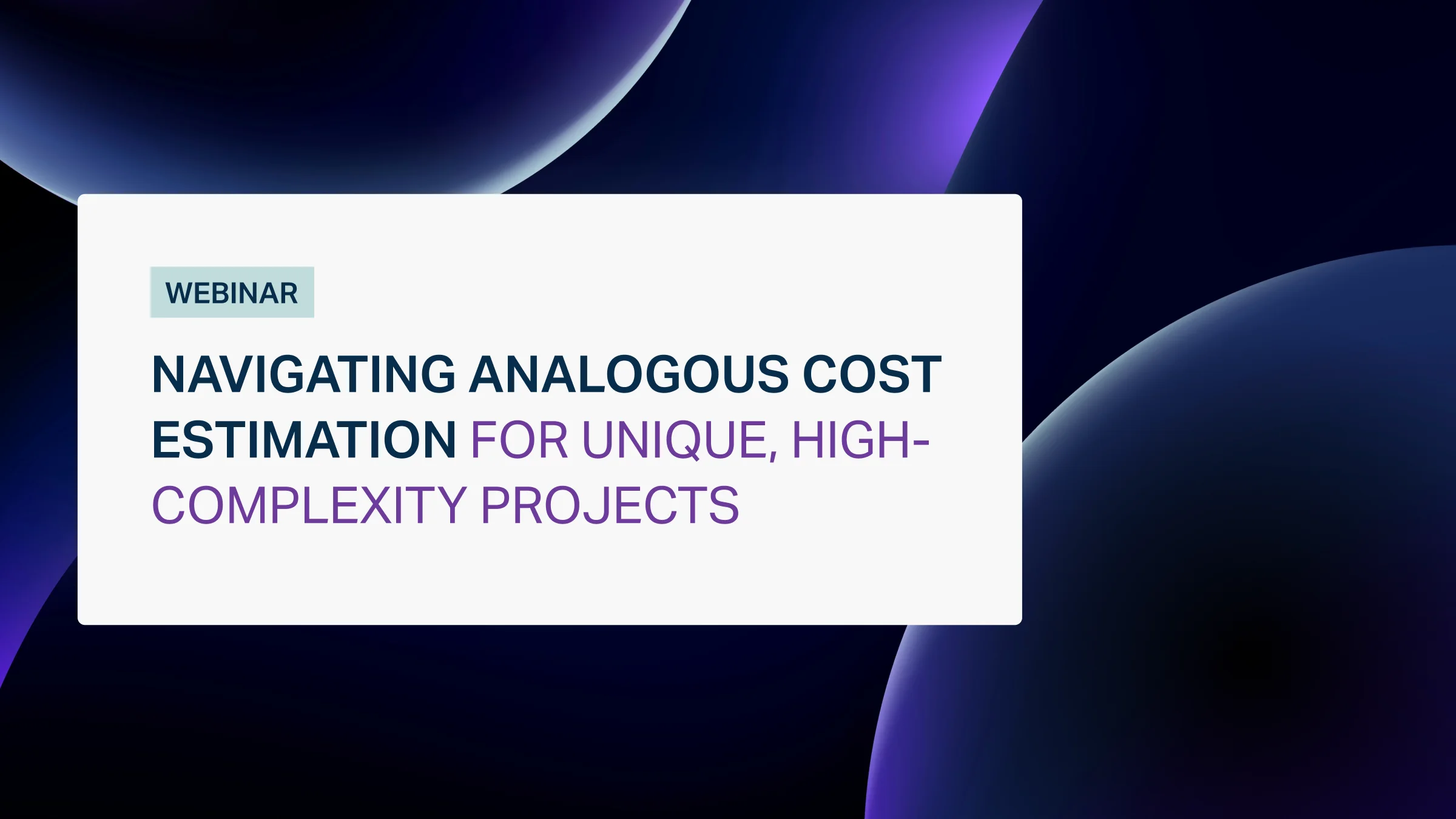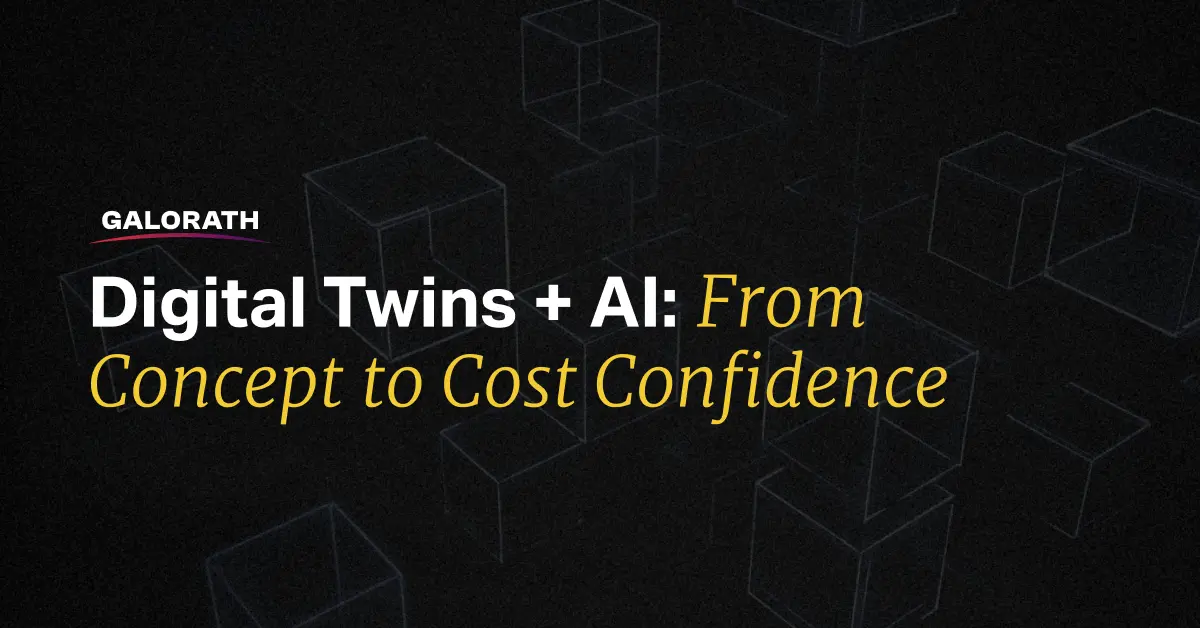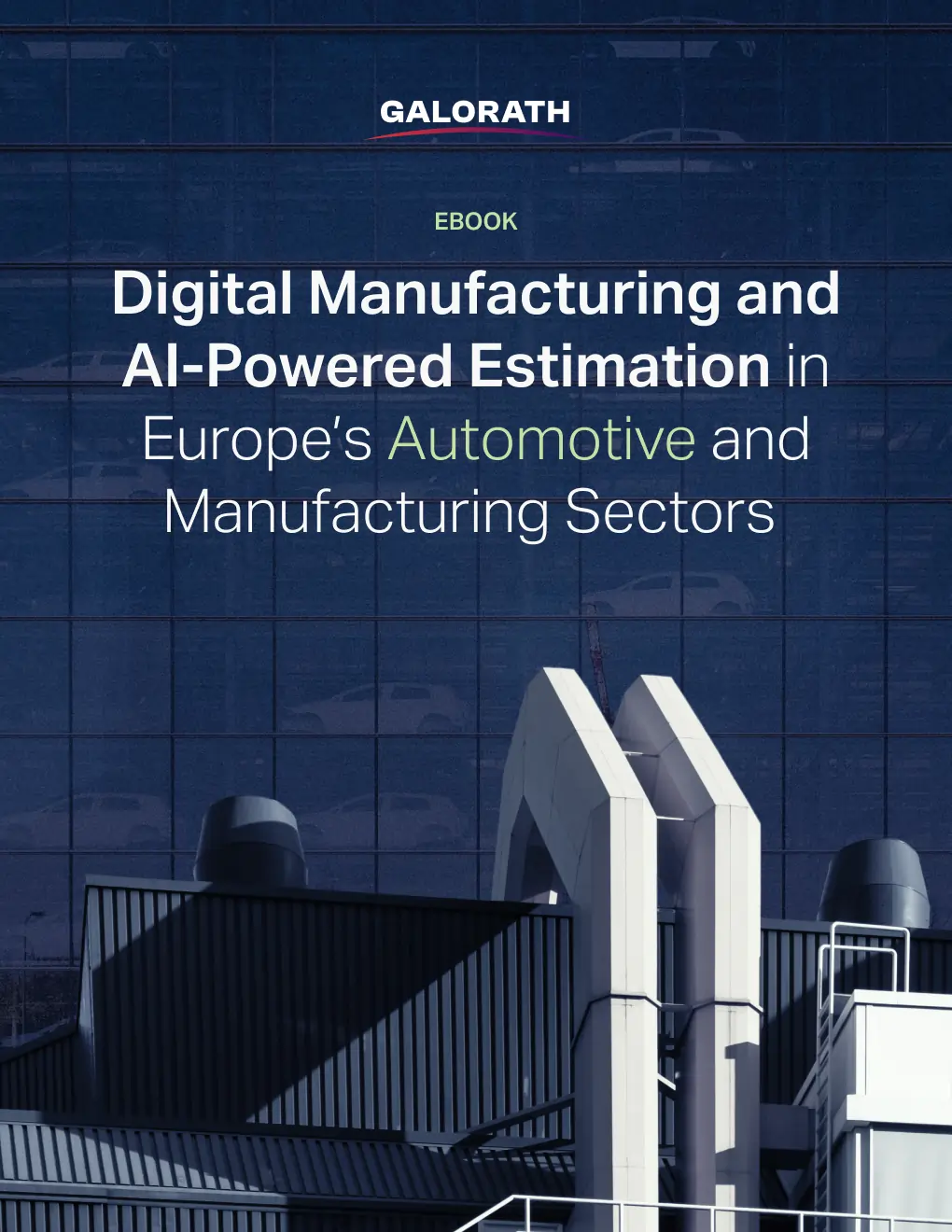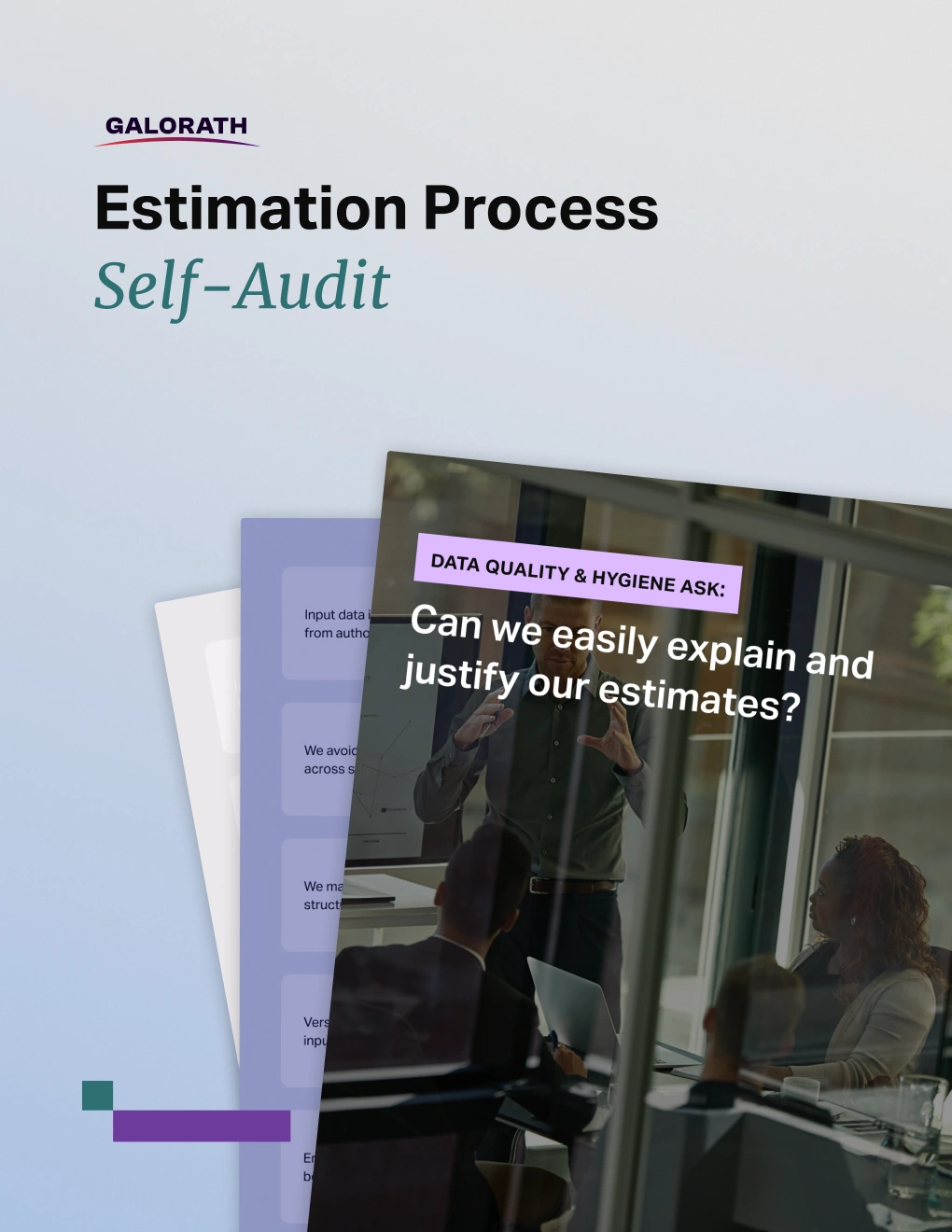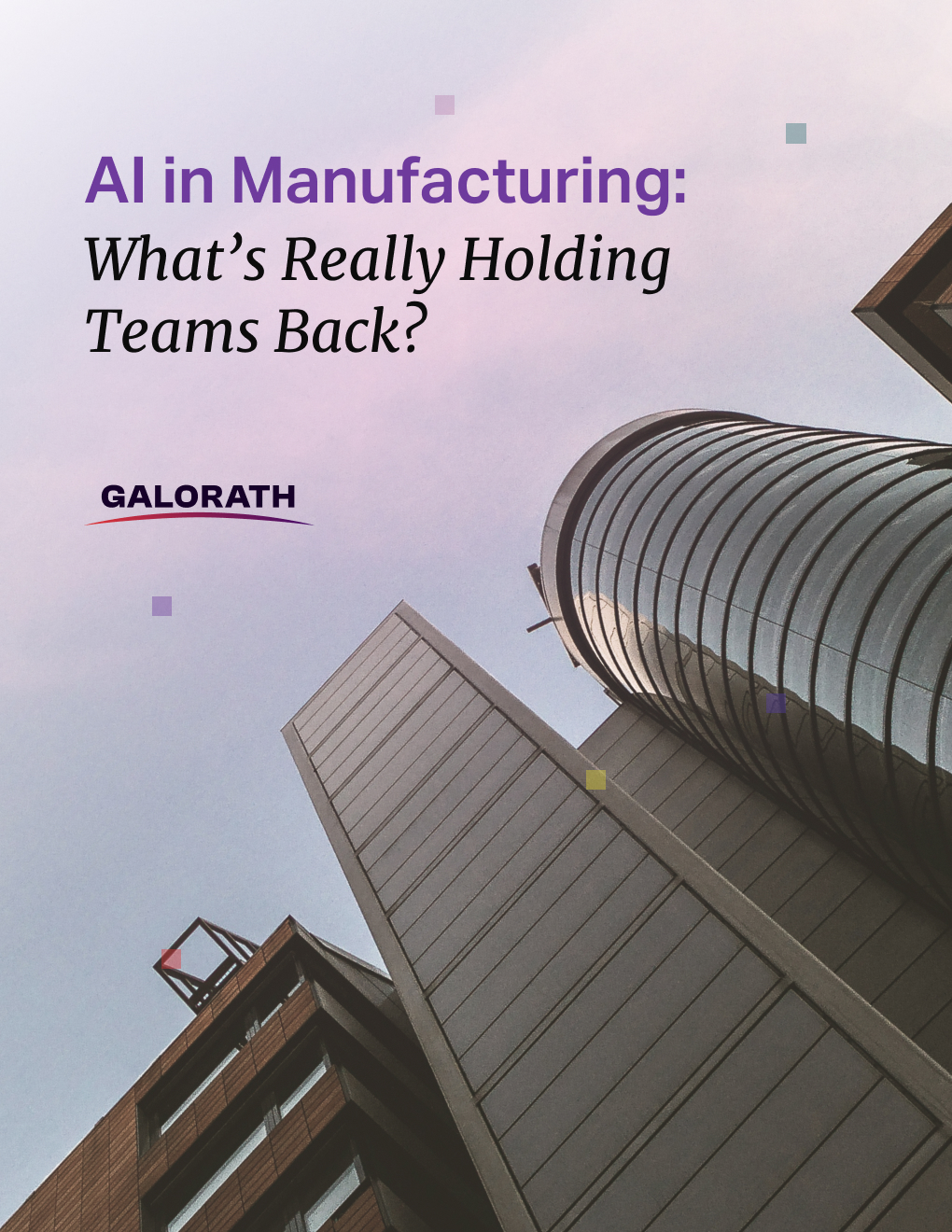Mastering Cost Risk with the CRED Model: A New Approach to Managing Uncertainty
Total Cost of Ownership Software for Better Business Decisions
Understanding total cost of ownership is critical for long-term planning. Many teams overlook hidden costs tied to maintenance, support, and risk. SEER helps capture all cost drivers up front to guide strategic tradeoffs and reduce downstream surprises.

Understand Cost Beyond the Bid
What Is Total Cost of Ownership Software and Why It Matters for Long-Term Planning and Informed Decisions
Total cost of ownership software helps teams look beyond initial costs to see the full financial impact of a decision over time. It accounts for development, maintenance, staffing, operations, support, and risk. TCO analysis is used early in planning to compare options, validate budgets, and support sourcing strategies. For decision-makers, it offers a clear view of tradeoffs across the lifecycle so they can invest wisely, reduce surprises, and align spending with long-term goals.
A Smarter Approach to TCO
How TCO Software Supports Lifecycle Cost Analysis and Better Long-Term Investment Decisions
Total cost of ownership analysis requires more than a one-time estimate. TCO software helps teams evaluate full lifecycle costs across design, operations, and sustainment. SEER® and SEERai™ support this by linking effort, cost, and risk into a unified model. Users can explore scenarios, compare sourcing options, and understand the long-term impact of early choices. With built-in logic and transparent assumptions, SEER gives decision-makers the clarity needed to reduce risk and invest wisely.

Benefits of TCO Analysis
Why Teams Calculate TCO Before Making Key Investments
TCO analysis helps reduce cost of ownership, expose hidden risks, and align choices with long-term goals.
Uncover Hidden Costs
Identify support, staffing, and maintenance costs that may not appear in initial estimates.
Compare Alternatives Fairly
Calculate TCO across design, sourcing, or delivery options to support better tradeoff decisions.
Reduce Cost of Ownership
Spot long-term cost drivers early and make adjustments that lower total lifecycle spending.
Align with Business Goals
Tie investment choices to program outcomes, financial targets, and long-range strategic priorities.
Improve Budget Forecasting
Calculate TCO to inform funding plans and avoid surprises from underestimated downstream costs.
Support Confident Decisions
Provide stakeholders with clear, data-driven insights to justify plans and reduce risk.
Calculate What Really Matters
Calculate Total Cost of Ownership to Understand Long-Term Tradeoffs and Reduce Lifecycle Spending
To make the right investment, teams need more than upfront pricing. When you calculate total cost of ownership, you include every stage of the lifecycle, from acquisition and deployment to staffing, operations, and sustainment. TCO analysis reveals long-term tradeoffs and cost drivers that are often missed in early planning. SEER connects technical inputs to cost, helping teams reduce total cost of ownership and build plans that support smarter, long-term decisions.

Use TCO Across Key Domains
Total Cost of Ownership for Software, Hardware, and IT Systems
TCO analysis helps teams uncover full lifecycle costs across software, hardware, and cloud infrastructure so they can reduce risk, compare options, and improve investment decisions.
Software Development
Understand long-term cost impacts of software builds, licenses, and updates. TCO analysis compares build vs. buy, cloud total cost of ownership, and ongoing support requirements.
Hardware Development
Calculate total cost of ownership across procurement, integration, maintenance, and obsolescence. TCO helps reduce risk and improve tradeoffs between design and sourcing options.
IT Systems Infrastructure
Assess cloud total cost of ownership alongside on-prem and hybrid systems. Evaluate setup, scalability, staffing, and security over time to make informed IT investment decisions.
Reveal Full Cost of Ownership Before You Commit
Galorath’s platform models total cost of ownership across development, operations and sustainment phases. Teams anticipate long-term cost drivers upfront.
Explore our Case Studies
TASC Models Full Software Lifecycle Cost
TASC implemented Galorath’s platform to support full lifecycle cost analysis of internal software systems. The result was clearer investments and clearer long-term budgeting.
Read more →“The SEER tools are equally strong at estimating both software and hardware costs. When you use a parametric model like SEER, you reduce uncertainty by deconstructing the project into smaller, well-defined components, the cost estimate of which can be more readily critiqued by the technical and program management staff. SEER is easy [to use] and intuitive.”
Frequently Asked Questions (FAQ)
Is true cost to own the same as total cost of ownership?
Yes. True cost to own and total cost of ownership refer to the same concept. Both include the full range of costs tied to a product or system over its lifecycle. This goes beyond purchase price and accounts for design, staffing, operations, support, maintenance, and end-of-life costs. The goal is to understand the long-term financial impact before making a decision.
What is the difference between total cost of ownership analysis and should cost analysis?
Total cost of ownership analysis looks at the full lifecycle cost of a product or system, including purchase, operation, maintenance, and disposal. Should cost analysis estimates what a product or service ought to cost based on materials, labor, overhead, and profit. TCO supports long-term planning and investment decisions, while should cost is often used to evaluate vendor quotes and support negotiations. Both methods help reduce cost and improve decision quality.
What are business applications of total cost of ownership (TCO)?
Total cost of ownership is used in business to support smarter investment decisions. Common applications include comparing vendor bids, evaluating cloud total cost of ownership, selecting between design options, and forecasting long-term support costs. TCO helps teams reduce risk, control spending, and align decisions with strategic goals by revealing costs that go beyond the initial purchase price.
Estimate total cost of ownership across labor, materials, risk, support, and more.
Gain full visibility into cost drivers, tradeoffs, and long-term impact with SEER’s total ownership models.
Trusted by leaders in the industry:

